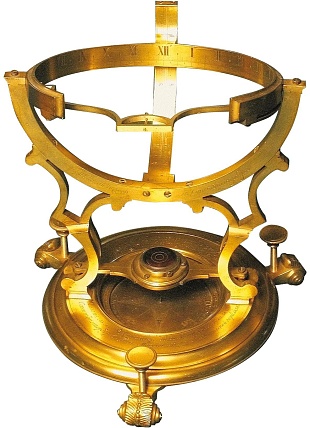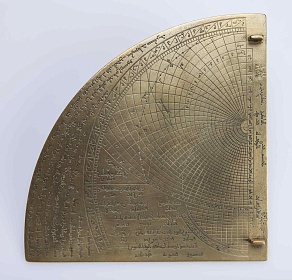- Visit Us Safely
- Opening Hours
- Getting Here
- Admission and Tickets
- Exhibitions
- Virtual 3D Tour
- Kunstkamera Mobile Guide
- History of the Kunstkamera
- The Kunstkamera: all knowledge of the world in one building
- Establishment of the Kunstkamera in 1714
- The Kunstkamera as part of the Academy of Sciences
- The Kunstkamera building
- First collections
- Peter the Great's trips to Europe
- Acquisition of collections in Europe: Frederik Ruysch, Albert Seba, Joseph-Guichard Duverney
- The Gottorp (Great Academic) globe
- Siberian expedition of Daniel Gottlieb Messerschmidt
- The Academic detachment of the second Kamchatka expedition (1733-1743)
- 1747 fire in the Kunstkamera
- Fr.-L. Jeallatscbitsch trip to China with a mission of the Academy of Sciences (1753-1756)
- Siberian collections
- Academy of Sciences' expeditions for geographical and economic exploration of Russia (1768-1774)
- Research in the Pacific
- James Cook's collections
- Early Japanese collections
- Russian circumnavigations of the world and collections of the Kunstkamera
- Kunstkamera superintendents
- Explore Collections Online
- Filming and Images Requests FAQs
First Astronomical Observatory of the Academy of Sciences
In the Kunstkamera tower in the 18th century, observations were made of the night sky, and chronographic and cartographic services worked here. When you visit the tower, you will see diverse scientific instruments, measurement devices, astrolabes of complex construction, elaborate clock mechanisms, spyglasses and telescopes.
Peter the Great realised the importance of astronomy for studying the geography of the Russian Empire, and in the early 18th century, under the leadership of Joseph Nicholas De L’Isle the first academic astronomical observatory was opened in Russia. As a result, Russia surpassed the developed nations of Europe in the application of astronomic studies to geographic work.
In the observatory of the Petersburg Kunstkamera, Russian astronomy, meteorology, geography, geodesy, topography and chronography were born. The first Petersburg meridian passed through here, which became the basis of mapping the country and planning of the city. Here the outstanding scholars of the St. Petersburg Academy of Sciences L. Euler, G.V. Kraft, H.N. Winsheim, F.H. Mayer, G. Heinsius and others worked. Observations were conducted at the Kunstkamera building until the completion of construction of the Pulkovo Observatory in 1839.
The exhibition recreates the workplace of an astronomer of the 18th century. The large expandable telescope is one of the few surviving instruments of M. Lomonosov. With this telescope he observed the movement of Venus across the Sun in 1763.



